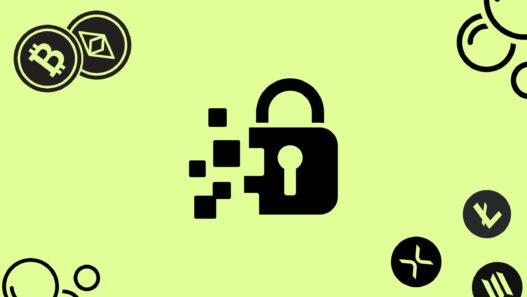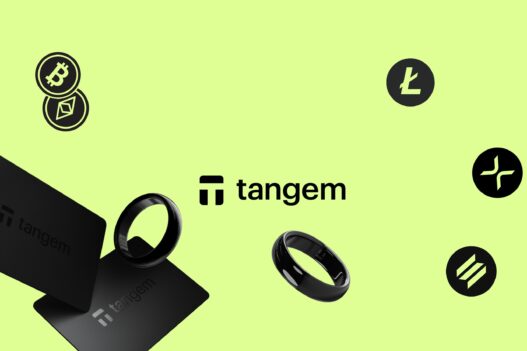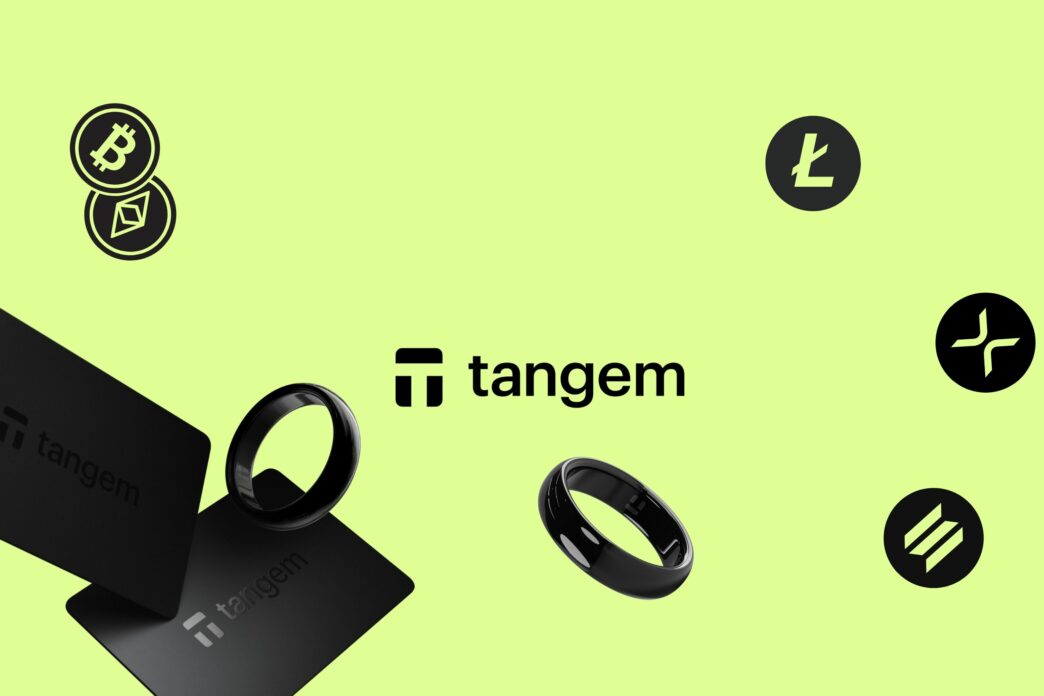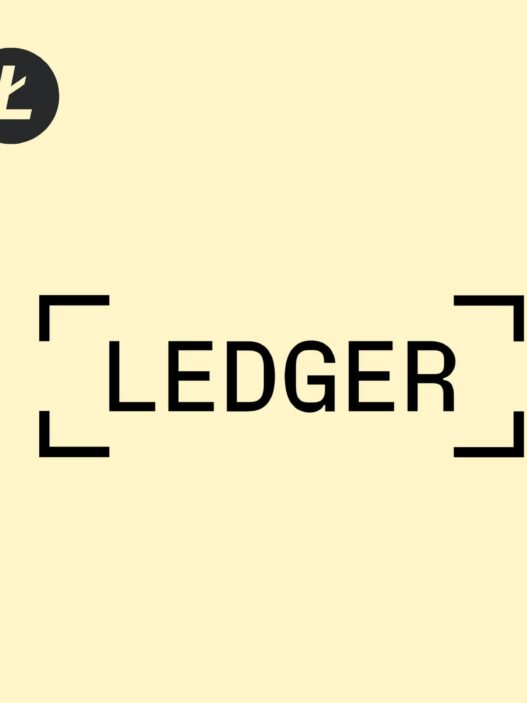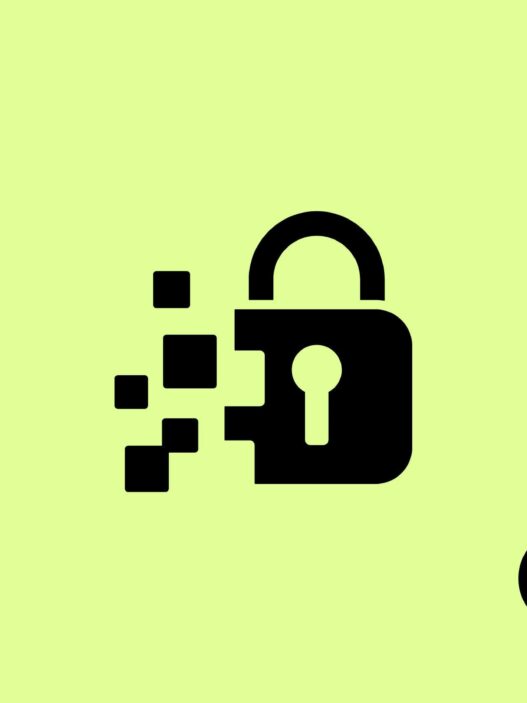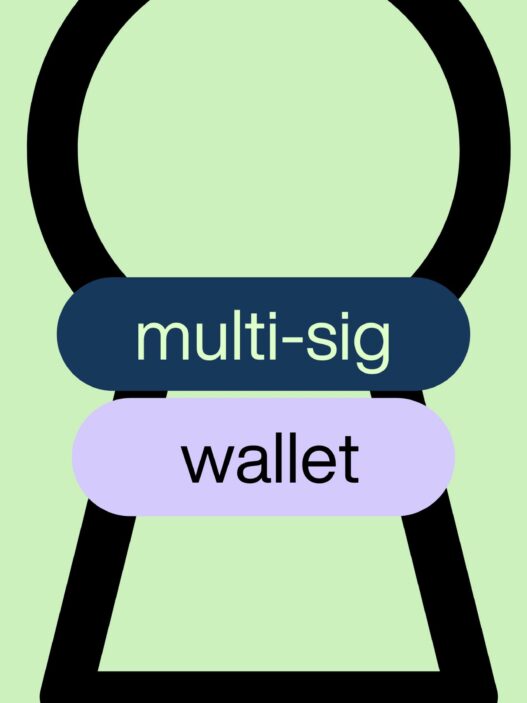If you’ve been scrolling through X or diving deep into the blockchain rabbit hole, you’ve probably heard whispers about the Tangem Wallet. Maybe you’ve seen it pop up in a YouTube review or caught a sleek ad showcasing its card-shaped design. Let’s break it all down for you and get you comfortable with these new terms and technicalities.
Before we get into the Tangem hype, let’s set the stage with some Crypto 101: what’s a cold wallet? If you’re new to the space—or just need a refresher—think of a cold wallet as your digital Fort Knox. Unlike hot wallets (those software apps or browser extensions connected to the internet 24/7), a cold wallet keeps your private keys—the secret codes that unlock your crypto—completely offline. That means no hackers sneaking in through a Wi-Fi connection, no phishing scams stealing your funds while you sip your morning coffee. Cold wallets are physical devices or methods that store your keys away from the internet, making them the gold standard for security in the crypto world.
Picture this: hot wallets are like keeping cash in your pocket—convenient but risky if you’re in a sketchy neighborhood. Cold wallets? They’re the safe buried under your house, accessible only to you. Common types include hardware wallets (like USB drives or smartcards), paper wallets (your keys written down or printed), and even steel plates for the extra paranoid. The trade-off? Convenience takes a backseat to security. You can’t just tap your cold wallet to buy an NFT on OpenSea in two seconds—it’s built for long-term storage, not daily spending.
What’s a Cold Wallet Anyway?
So why bother? Because the crypto space is a wild west. Centralized exchanges get hacked, phishing attacks are relentless, and even the best hot wallets can’t promise 100% safety. If you’re holding significant funds—say, a stack of Bitcoin (BTC) or Ethereum (ETH)—a cold wallet is your best bet to sleep soundly at night. And that’s where Tangem comes in, flipping the script on what we expect from cold storage. We’re talking cold wallets, why Tangem stands out in a crowded market, when you should whip it out (spoiler: it’s more often than you think), and the massive list of cryptocurrencies it supports. Buckle up, because this is the deep dive you didn’t know you needed!
Meet Tangem Wallet:
The Cold Storage Game-Changer
Now, let’s talk Tangem. Launched in 2017 by a Swiss-based crew (Tangem AG, headquartered in Zug—crypto’s favorite tax haven), Tangem isn’t your grandpa’s hardware wallet. Forget clunky USB sticks or mini screens that scream “I’m a crypto nerd!” Tangem reimagines cold storage as sleek, credit-card-sized smartcards—or even a stylish ring (more on that later). It’s like the James Bond of wallets: sophisticated, discreet, and packing some serious tech under the hood.

What makes Tangem different?
Three words: simplicity, security, and innovation.
Most hardware wallets—like Ledger or Trezor—rely on screens, buttons, and a recovery seed phrase (those 12-24 words you’re supposed to guard with your life). Tangem says, “Nah, we’re doing it our way.”
Instead of a seed phrase, your private key is generated and stored directly on the card’s chip, and it never leaves. No scribbling words on paper, no worrying about your dog eating your backup. You get a set of two or three cards (or a ring plus cards), each acting as an identical key to your funds. Lose one? No sweat—you’ve got backups. It’s a seedless approach that’s got the crypto community buzzing.
The tech behind it? Near Field Communication (NFC)—the same stuff that lets you tap your phone to pay at Starbucks. Just tap your Tangem card (or ring) to your smartphone, and boom—you’re in the Tangem app, managing your assets like a pro. No cables, no batteries, no fuss. It’s cold storage that feels almost as easy as a hot wallet, but with bank-vault-level protection. Plus, with a 25-year warranty and a chip certified to EAL6+ standards (think passport-level security), Tangem’s built to last longer than most of your HODLing plans.
Why Tangem Wallet?
Alright, let’s get into the nitty-gritty. Why does Tangem deserve a spot in your crypto toolkit over, say, a Ledger Nano X or a Trezor Model T?
Here’s the breakdown:
1. Seedless Security: A New Paradigm
Most hardware wallets generate a seed phrase during setup—a universal backup that lets you recover your funds if the device breaks or gets lost. It’s a double-edged sword: super useful if you lose your wallet, but a massive liability if someone else finds it. Tangem ditches the seed phrase entirely. When you activate your Tangem card, the chip generates a random private key using a hardware random number generator (fancy, right?). That key stays locked in the chip—Tangem doesn’t know it, you don’t know it, and no one can extract it. Independent audits by Kudelski Security (2018) and Riscure (2023) confirm there’s no backdoor or way to siphon it out. It’s a bold move that trades traditional recovery for ironclad secrecy.
But wait—what if you lose all your cards? Tangem’s got you covered with its multi-card system. A 2-card set gives you two copies of your key; a 3-card set gives you three. Stash them in different spots (your wallet, a safe, your mom’s house), and you’re golden. Lose one? The others still work. It’s like having multiple keys to your car—except this car’s carrying your BTC stash.
Side note: Tangem 2.0 (launched in 2023) now offers an optional seed phrase feature for the traditionalists out there. You can import an existing seed or generate one, but the default seedless mode is where Tangem shines.
2. NFC Magic: Tap-and-Go Simplicity
No USB ports, no Bluetooth pairing headaches—just tap your card to your phone. If your smartphone supports NFC (most do, from iPhone 7 up or Android 6.0+), you’re in business. The Tangem app (open-source and available on GitHub, Apple Store, and Google Play) becomes your interface, letting you check balances, send crypto, or swap assets with a flick of your wrist. It’s so intuitive that even your non-techie cousin could figure it out. Compare that to plugging a Ledger into your laptop or fumbling with Trezor’s tiny buttons—Tangem feels like the future.
3. Design That Slays
Let’s be real: most hardware wallets look like they were designed by engineers who hate aesthetics (sorry, Ledger). Tangem’s cards are sleek, minimalist, and fit right in your wallet next to your Amex. The new Tangem Ring? It’s a zirconia ceramic wearable that doubles as a fashion statement—available in sizes 6-13 (US) and just as secure as the cards. It’s the kind of gear you’d flex on X without a second thought. Plus, with IP68 resistance (dustproof, waterproof, and tough enough for extreme temps), it’s built for real life—not just your desk drawer.
4. No Middleman, No Problem
Tangem’s non-custodial to the core. Your phone and the card talk directly to the blockchain—no Tangem servers snooping on your moves. The company doesn’t register users or hold your keys, so even if Tangem HQ vanishes tomorrow, your funds are safe. Compare that to some wallets that lean on cloud backups or third-party integrations—Tangem keeps it pure.
5. Price Point That Pops
At around $50-$70 for a 2-card set or $70-$90 for a 3-card set (check tangem.com for current pricing), Tangem undercuts the competition. A Ledger Nano S Plus runs $79, while a Trezor Model T can hit $200+. For the security and ease you get, Tangem’s a steal—perfect for beginners or HODLers on a budget.
When to Use Tangem Wallet
So, when should you whip out your Tangem? It’s not a one-size-fits-all tool, but it’s versatile enough to fit most crypto lifestyles. Here’s the rundown:
1. Long-Term HODLing
If you’re stacking sats (BTC) or piling up ETH for the next bull run, Tangem’s your HODLing soulmate. Its offline storage keeps your stash safe from exchange hacks or hot wallet slip-ups. Split your cards across locations—say, one in a safe, one with a trusted family member—and you’ve got peace of mind for years. With that 25-year warranty, it’s built to outlast even the longest bear markets.
2. Everyday Crypto Cash
Surprise—Tangem isn’t just for locking away funds! The tap-and-go NFC setup makes it shockingly convenient for smaller, regular transactions. Need to send some USDT to a friend or swap ETH for SOL? Tap your card, open the app, and you’re done. Posts on X rave about using Tangem as a “crypto cash wallet” for quick, efficient moves—security without the hassle.
3. Gifting Crypto Like a Boss
Want to onboard a newbie or flex on your crypto crew? Tangem’s single-currency “Note” cards (for BTC, ETH, etc.) or multi-currency sets are perfect gifts. Hand over a card pre-loaded with some crypto, and they’re in the game—securely. It’s a physical, tangible intro to the space that beats a QR code on a napkin.
4. Traveling Light
Crypto nomads, this one’s for you. Tangem’s slim design slips into your wallet or pocket, no bulkier than a credit card. The ring takes it further—wear your keys on your finger and leave the extra gear at home. I’ve seen X users gush about traveling with Tangem, dodging the paranoia of carrying a clunky device through TSA.
5. Backup Game Strong
Lost your Ledger? Forgot your seed phrase? Tangem’s multi-card backup system is a lifesaver. It’s not just for long-term storage—it’s for anyone who’s ever fumbled a recovery process (we’ve all been there). Keep one card on you, stash the others, and you’re never locked out.
When NOT to use it: If you’re a power user needing multisig setups, passphrase support, or QR code signing (think COLDCARD-level paranoia), Tangem might feel light. It’s also mobile-only—no desktop app yet—so if you’re anti-smartphone, look elsewhere.
Supported Cryptocurrencies by Tangem Wallet
One of Tangem’s flexes is its massive coin support—over 6,000 cryptocurrencies and tokens across 70+ networks. Whether you’re a BTC maxi, an ETH whale, or an altcoin degenerate, Tangem’s got you covered. Here’s a taste of what you can store:
The Big Players
- Bitcoin (BTC): Native network, plus wrapped versions (WBTC) on Ethereum, Polygon, etc.
- Ethereum (ETH): Native ERC-20, plus WETH on Arbitrum, Polygon, and more.
- Ripple (XRP): For the XRP army out there.
- Binance Coin (BNB): BEP-20 and BEP-2 support.
- Cardano (ADA): Stake it right in the app.
- Solana (SOL): Fast and cheap, Tangem-style.
- Dogecoin (DOGE): Meme coin HODLers, rejoice.
Stablecoins and DeFi Darlings
- USDT, USDC, DAI: Across multiple chains (Ethereum, Tron, Solana, etc.).
- Shiba Inu (SHIB): Because who doesn’t love a good meme?
- Uniswap (UNI), Chainlink (LINK): DeFi essentials.
Emerging Networks
- Polygon (MATIC): Layer-2 goodness.
- Avalanche (AVAX): C-Chain support.
- Fantom (FTM): Opera network.
- zkSync Era, Arbitrum, Optimism: Scaling solutions galore.
The Fine Print
Tangem’s app integrates with WalletConnect, so you can tap into DeFi dApps or trade on marketplaces. NFTs? Not natively supported yet (you can’t manage them in the app), but you can connect to platforms like OpenSea via WalletConnect to handle them. Check tangem.com’s “Supported Assets” page—search any coin, and odds are it’s there or on a supported network.
Setting Up Tangem: A Walkthrough
Curious how it works? Here’s the scoop:
- Unbox It: You’ll get 2-3 cards (or a ring + cards) in a sleek package. They’re blank—no keys yet.
- Download the App: Grab it from the App Store, Google Play, or GitHub. Open it up.
- Tap to Activate: Tap one card to your phone. The chip generates a private key on the spot—secure and random.
- Backup Time: Tap your other cards to copy the key. Set an optional access code (like a PIN) for extra protection.
- Add Funds: Send crypto to your wallet address via the app. Done!
It takes under 5 minutes—no seed phrase nonsense unless you opt in. The app’s UI is clean, showing balances, prices, and transaction options. It definitely is ideal for newcomers and I couldn’t agree more.
Pros and Cons: The Real Talk
No wallet’s perfect, so let’s weigh it:
Pros
- Ease of Use: Tap-and-go beats USB fumbling.
- Security: Seedless design + EAL6+ chip = hacker-proof vibes.
- Portability: Cards and ring are travel-ready.
- Coin Support: 6,000+ assets—beats most competitors.
- Affordable: Great bang for your buck.
Cons
- No Display: You rely on your phone to verify addresses—less secure than a screen-based wallet.
- Mobile-Only: No desktop support (yet).
- NFT Limits: No native management—WalletConnect is a workaround.
- Backup Risk: Lose all cards without a seed? You’re toast.
Tangem in the Wild: What the Community Says
X is buzzing about Tangem. It has wild community on X, Reddit, YouTube, so definitely there are reviews out there to lean on.
Final Thoughts: Is Tangem Worth It?
After 5000+ words, here’s my take: Tangem Wallet is a vibe. It’s not just a cold wallet—it’s a lifestyle upgrade for crypto enthusiasts. If you want top-tier security without the complexity, Tangem delivers. Beginners will love the simplicity; HODLers will dig the durability; and everyday users will vibe with the convenience. It’s not flawless—no display or multisig might bug the hardcore crowd—but for most of us, it’s a sleek, secure, and affordable way to own our keys.
So, grab a Tangem set (use code “ZUVW6A” for 10% off), tap into the future, and flex your crypto game on X. Your funds deserve it—and honestly, so do you.







